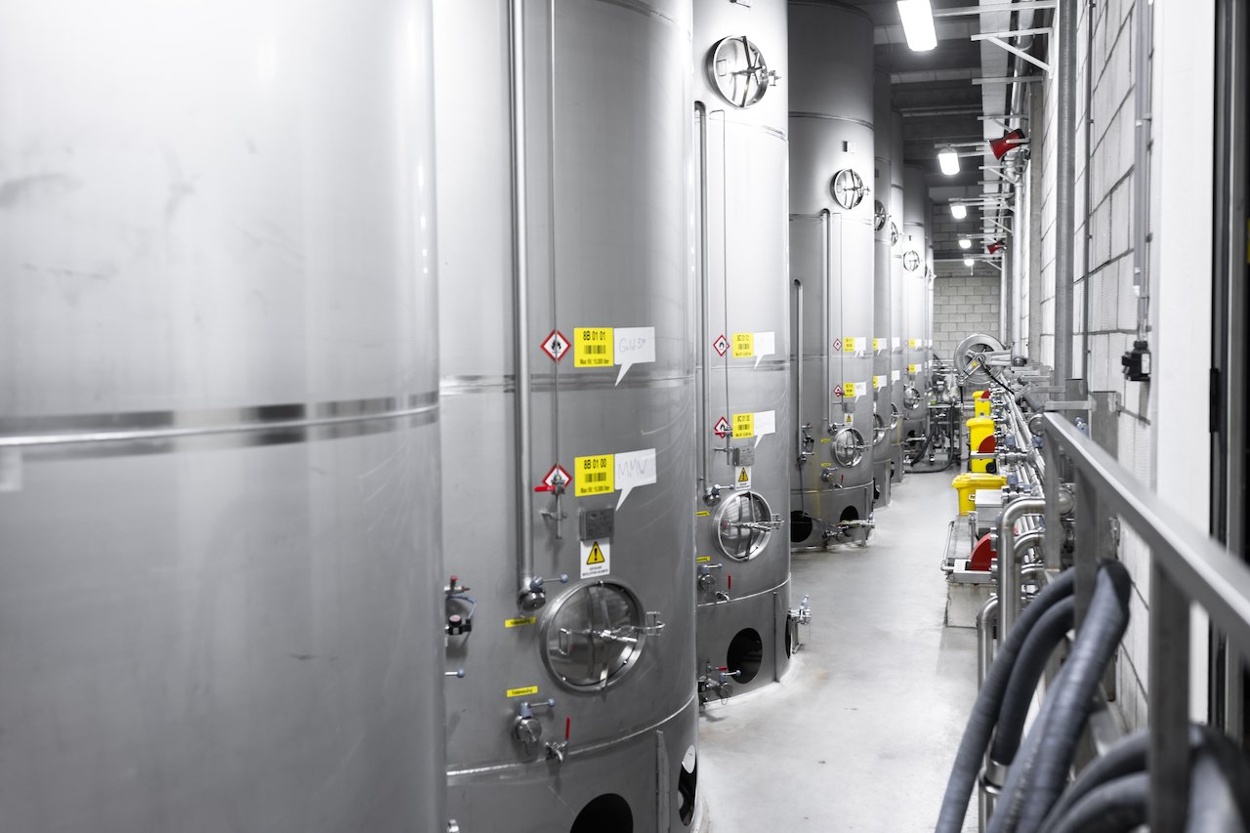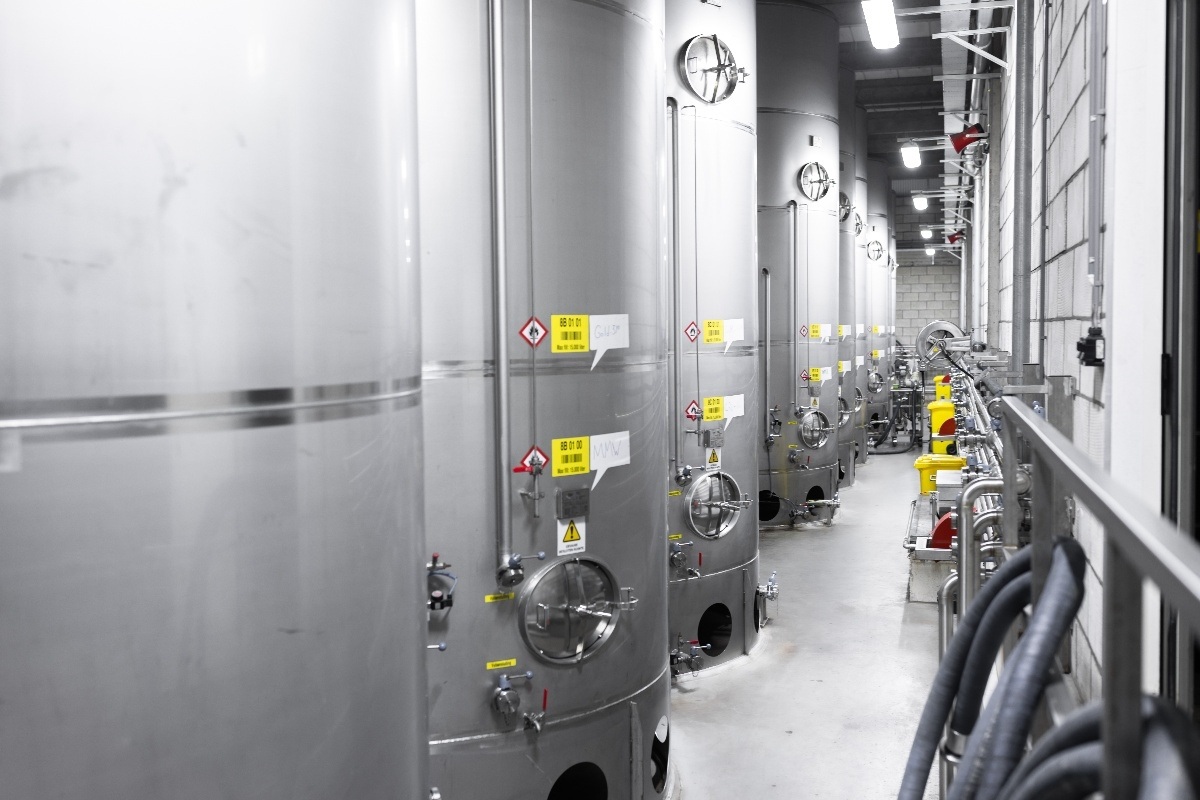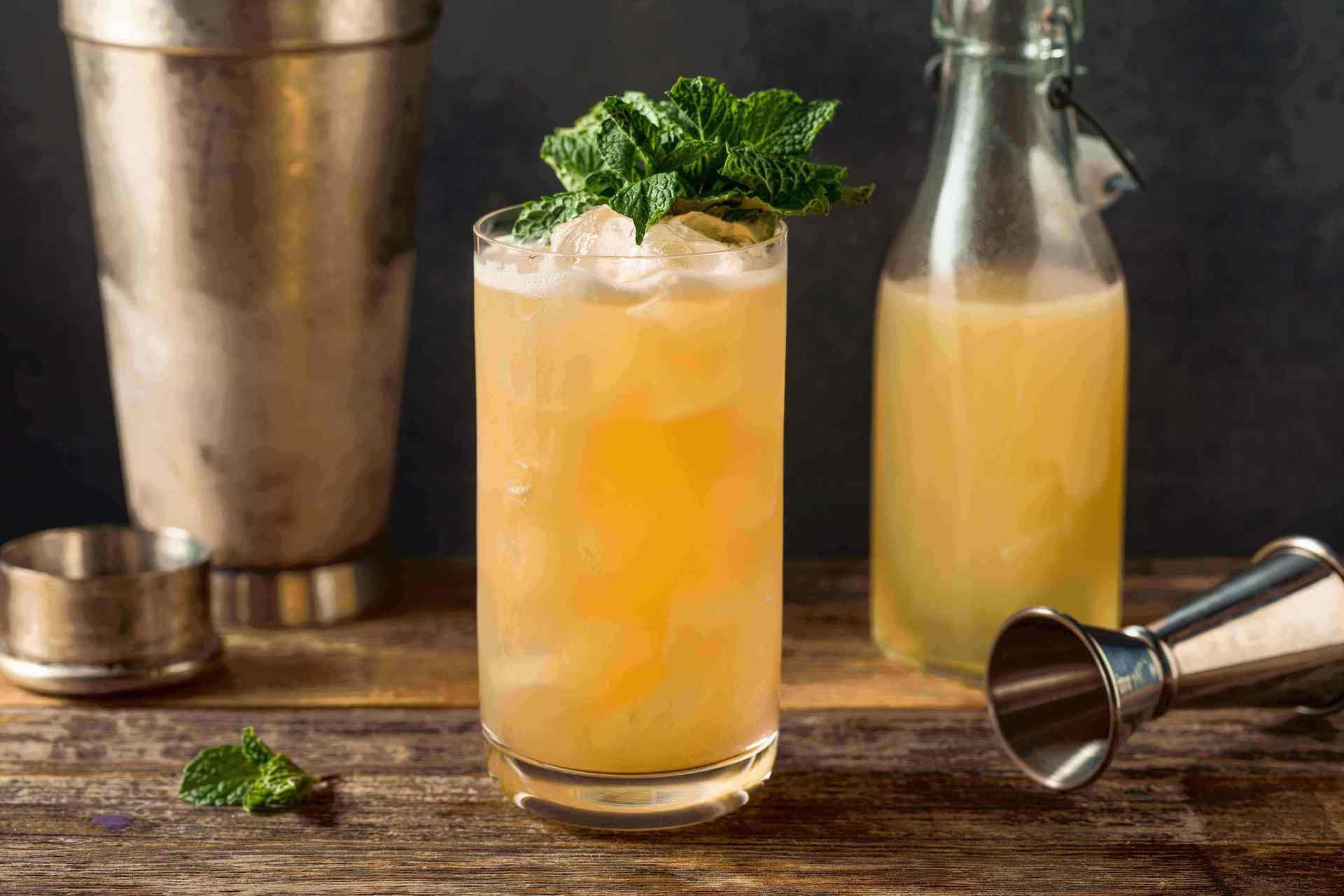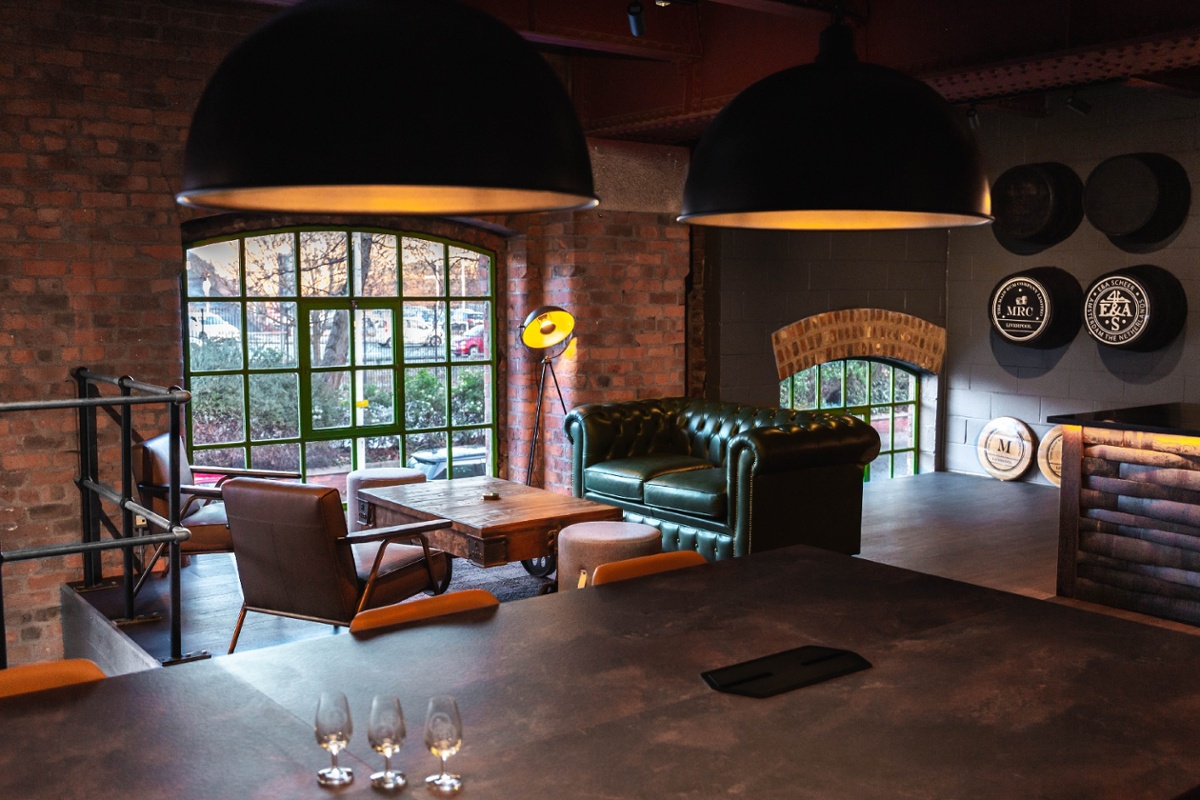Distillation decoded
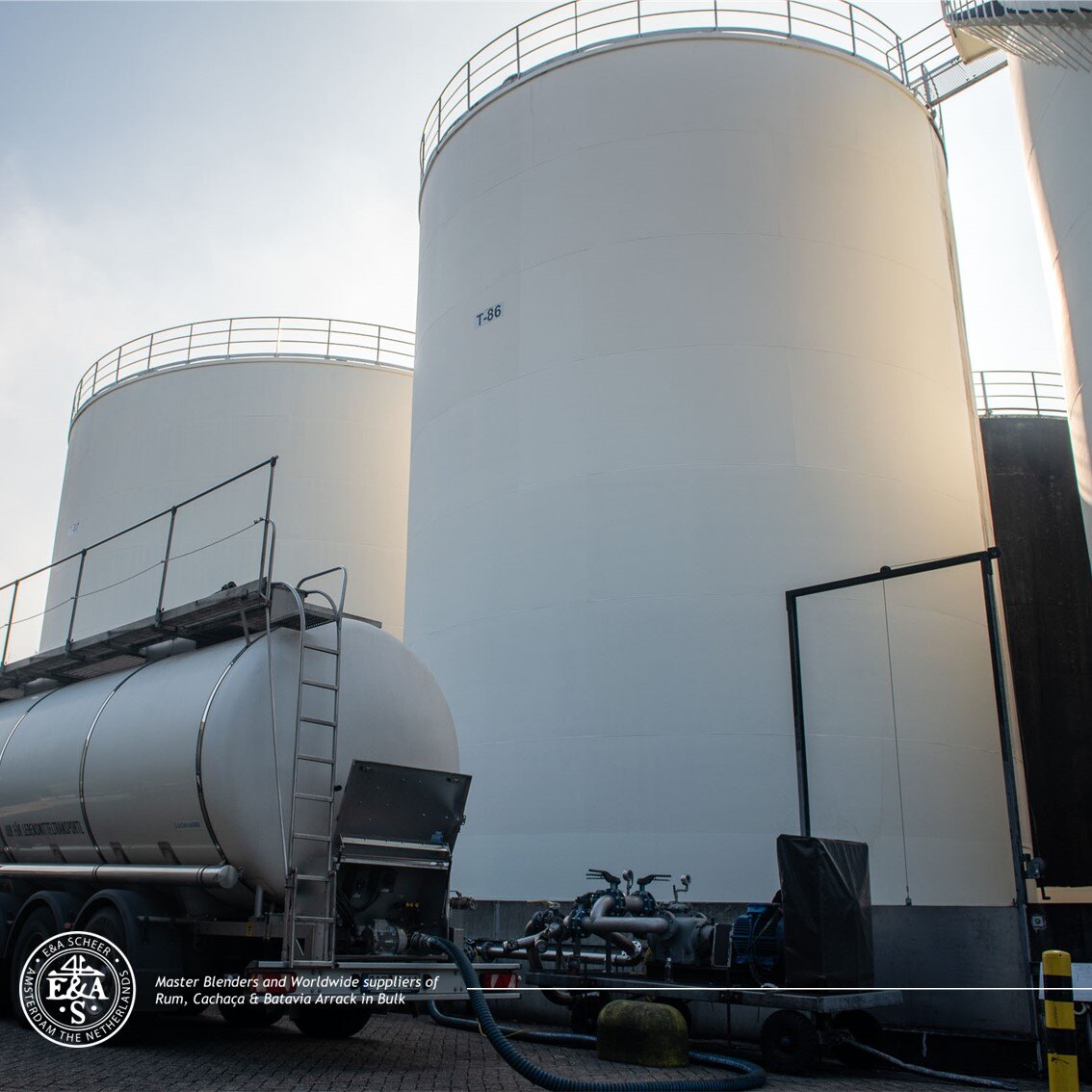
Distillation Decoded: Pot Stills vs. Column Stills
Distillation represents the bridge between fermentation and maturation in Rum production. A well-executed distillation will remove harshness while preserving the key compounds that create texture, balance, and a distinctive character.
That’s why understanding the fundamentals of Rum distillation goes beyond mere technical knowledge. It's the key to crafting your Rum brand's unique identity.
Why do distillation methods matter?
And as we've explored in our guides to how Rum is made and Rum ingredients, the process involves more than the separation of alcohol from water. It's where your Rum's personality truly begins to emerge.
So, the choice between different types of rum distillation will shape a Rum's character, from flavour complexity to production scalability. That’s why insight into pot stills vs column stills is essential, whether you're developing a premium artisanal expression or a versatile mixing spirit.
What is pot-distilled Rum?
Pot stills represent the traditional heart of Rum distillation. These large, pot-shaped copper vessels operate on a batch-by-batch basis: the pot still is filled, heated and emptied before the process starts over again.
Think of them as the artisan's tool: each batch receives individual attention, creating spirits with real depth and character. The distiller controls the heating and condensing process to develop a desired flavour profile.
How pot stills work
The pot distillation process starts with the direct heating of the fermented wash, with the resulting alcohol vapours cooled and condensed into a distillate.
The interaction between the liquid and copper surfaces helps to remove sulphides whilst allowing complex flavour compounds, known as congeners, to pass through. These congeners give pot-distilled Rums their distinctive, full-bodied character.
The results of pot stills
The magic of pot stills lies in their ability to retain these flavour compounds. Unlike more efficient methods, pot stills preserve the elements that create complexity.
The result? Rums with heavier, more intricate profiles featuring notes of tropical fruits, warm spices, rich molasses and sugar cane juice. In other words, exactly what discerning consumers expect from these kinds of expressions.
Retort stills
Traditional Rum making often employs retort stills, an evolution of the basic pot still design. By placing additional pots between the main vessel and the condenser, retort stills achieve a higher level of alcohol in a single run.
This makes them particularly well suited to dedicated Rum production whilst maintaining that characteristic pot still complexity.
Double retort stills, which became common in the Caribbean during the first half of the 1800s enable even higher alcohol content and congener separation. Today, the majority of Caribbean pot stills are double retorts.
Pot stills are perfect for…
Pot-distilled Rum generally appeals to brands that position themselves in the artisanal, small batch, or premium segments. The process inherently suggests craftsmanship and tradition, which both offer rich sources of storytelling for today's ever more conscious consumers.
Pot still Rums are a popular choice among mixologists, with a little going a long way, and are also widely used in the flavour & fragrance and aroma industries.
What is column-distilled Rum?
Column stills are very different, using tall cylindrical columns filled with perforated plates or trays. In contrast to the batch-based approach of pot stills, column stills operate continuously, making them the engines of efficiency when it comes to large-scale Rum production.
How column stills work
The column distillation process starts by feeding fermented wash into the midpoint of the column where it encounters rising steam. This steam volatilises the alcohol and flavour components, which then travel upward through the plates. Each plate acts as a mini-distillation point, progressively concentrating and purifying the spirit as it rises. The process can be fine-tuned by adjusting the number of plates, steam pressure, and feed rates, offering considerable control over the final product's characteristics.
The results of column stills
Continuous distillation makes column stills an excellent choice for high-volume Rum distillation. Where pot stills might produce hundreds of litres per batch, column stills can process thousands of litres continuously.
Yet this efficiency comes with a trade-off. The separation process that makes column stills so effective also strips away many of the congeners that create flavour complexity. This results in cleaner, lighter, more versatile spirits that are excellent for mixed drinks such as Rum and cola.
Column stills are perfect for…
Column distillation is a particularly attractive option for brands that need to rely on predictable flavour profiles across large volumes. It is also ideal for developing mixing spirits or neutral bases for flavoured variants, or for when consistency trumps complexity.
Pot still vs. column still: the 4 key differences
Let’s bring this all together in a side-by-side comparison. As we have seen, pot stills are large pot-shaped stills usually made of copper. They distil spirits in batches and, because each distillation requires reheating and cooling, production volumes are lower. Column stills feature one or more tall cylindrical columns and offer the ability to operate continuously, which means they produce spirits more efficiently.
#1 Production efficiency
Pot stills: batch by batch distillation with repeated heating and cooling cycles produces lower yields, yet offers greater control over individual batches.
Column stills: continuous distillation processes significantly higher volumes while maintaining consistent alcohol concentrations.
#2 Flavour profile
Pot stills: copper interaction and congener retention produce rich, full-bodied Rums with complex flavour profiles and distinctive character.
Column stills: produce cleaner, more neutral and often more pure spirits with great consistency, perfect for brands prioritising mixability and wide appeal.
#3 Production costs
Pot stills: more labour-intensive yet able to command a higher price point for their artisanal appeal.
Column stills: require less labour and energy per litre produced, offering superior cost efficiency for large-scale operations.
#4 Market positioning
Pot stills: naturally align with craft and heritage positioning.
Column stills: suit mainstream, mixing, ageing and volume-focused strategies.
How distillation shapes your brand's Rum profile
This is why the choice of distillation method becomes a cornerstone of a Rum’s character. As we have seen, pot stills tend to produce heavier, fuller-bodied rums, while column stills create lighter, more delicate spirits.
Pot stills naturally suggest authenticity, craftsmanship, and tradition – characteristics that tend to appeal to consumers seeking distinctive drinking experiences, not to mention cocktail enthusiasts who want their Rum to shine through.
Column stills, on the other hand, open different kinds of opportunities. Their lighter, more delicate character suits an accessible, versatile positioning.
Choosing the right distillate for your bulk Rum needs
Ultimately, the decision depends on your final brand identity, shaped in turn by your target consumers’ preferences and drinking occasions.
You might like to consider pot still distillates when developing mid to heavy expressions, emphasising artisanal credentials, or targeting discerning consumers who appreciate complexity. Or look at column still distillates for mainstream positioning, mixing, and a consistent, scalable supply.
Why think binary when you can blend?
Many successful brands blend both distillation methods, creating bespoke flavour profiles that capture the best characteristics of each approach. For example, by combining the character of the pot still with the consistency of the column still, you can create a tailored Rum that optimises both flavour and commercial viability. This approach offers the flexibility to adjust profiles whilst maintaining supply security.
Our team of Master Blenders can provide an in-depth consultation to help you navigate these complexities and advise on the most suitable choice based on your desired flavour profile.
Work with a bulk Rum supplier who knows both worlds
E&A Scheer understands that choosing between pot distillation and column distillation isn't simply a technical decision, but a brand-defining choice. As expert Rum suppliers, we specialise in sourcing and blending exceptional spirits produced from both production methods and sourced from over 40 distilleries and origins.
This global Rum sourcing network provides access to outstanding pot still distillates for brands seeking complexity and character, alongside superior column still spirits for those prioritising consistency and scale. More importantly, our blending expertise allows us to combine the best of both approaches, creating unique profiles that perfectly match your brand vision.
In fact, we can help you take the first steps right now. Try our unique blending tool to identify your ideal Rum flavour profile.
Or contact our team for a Rum consultation to discuss how our expertise in both worlds can help you create your perfect blend.
